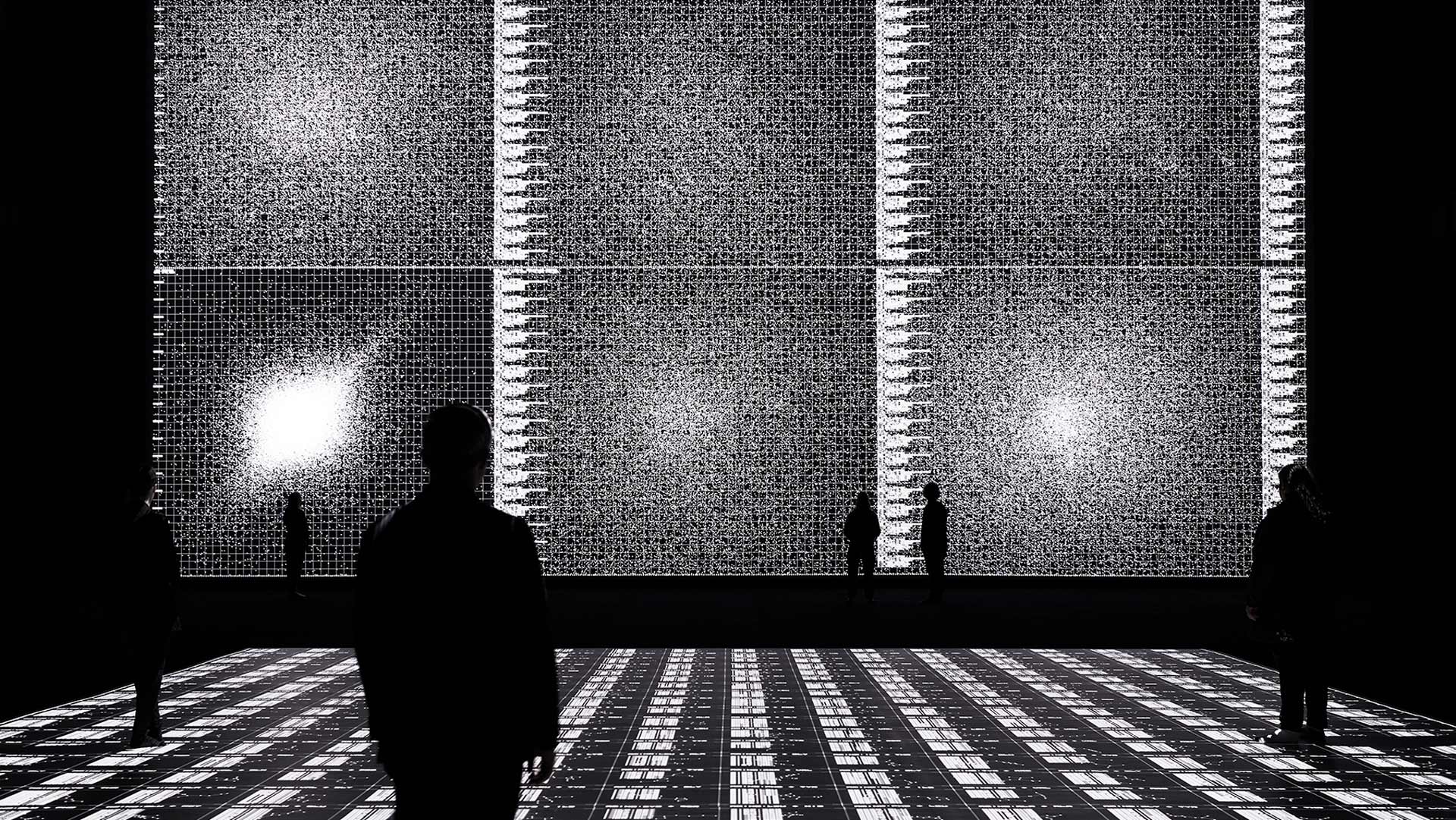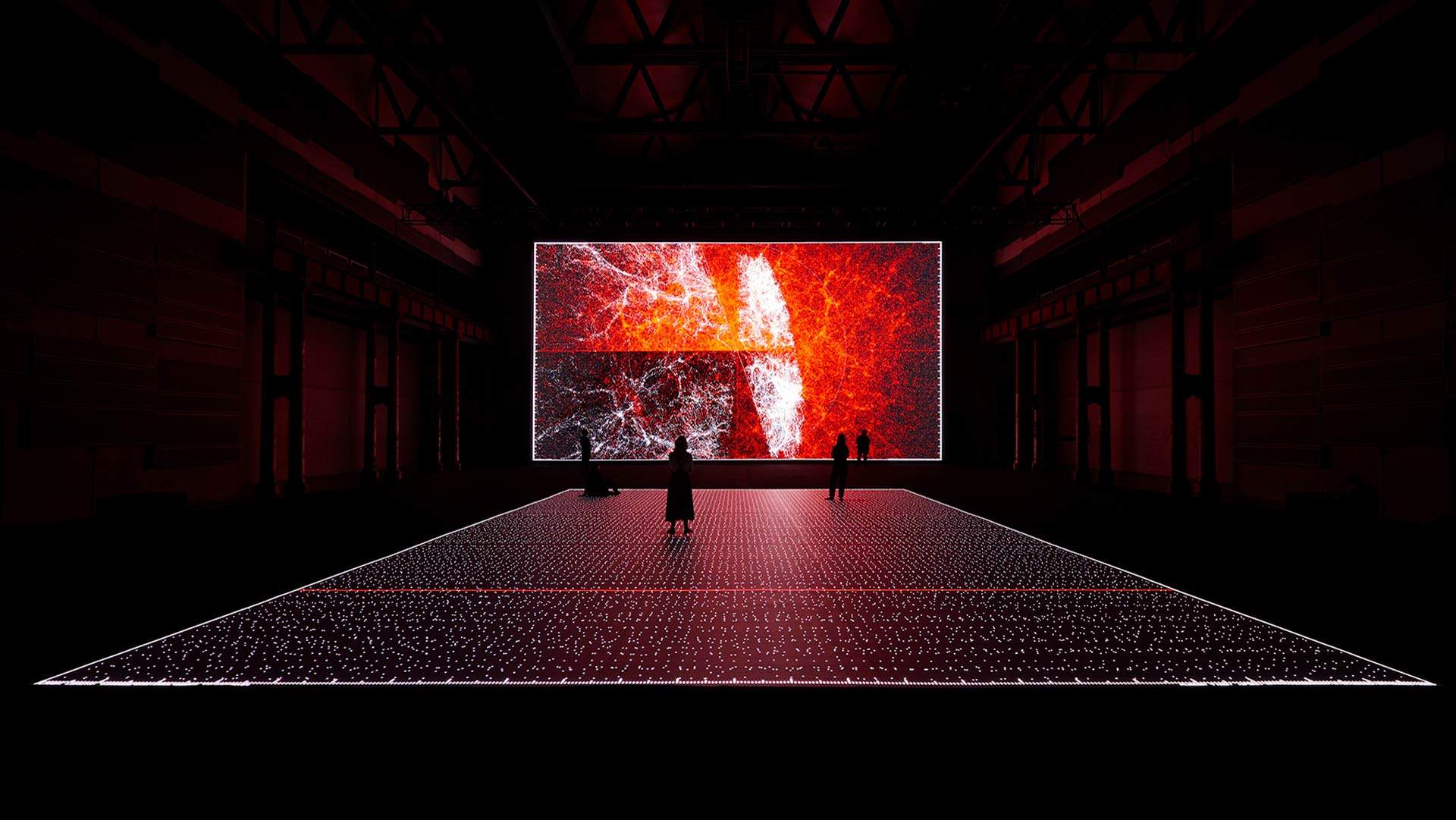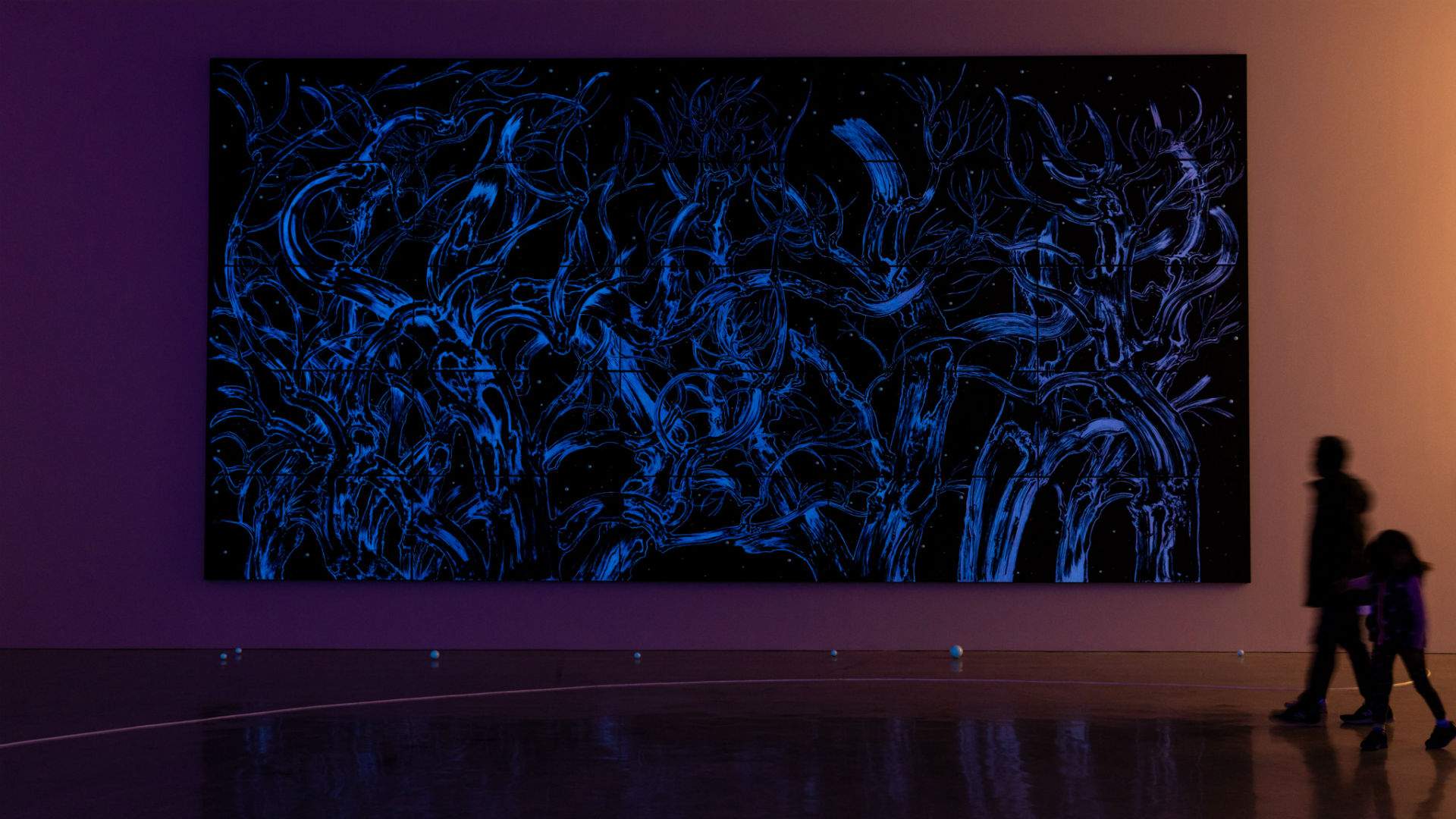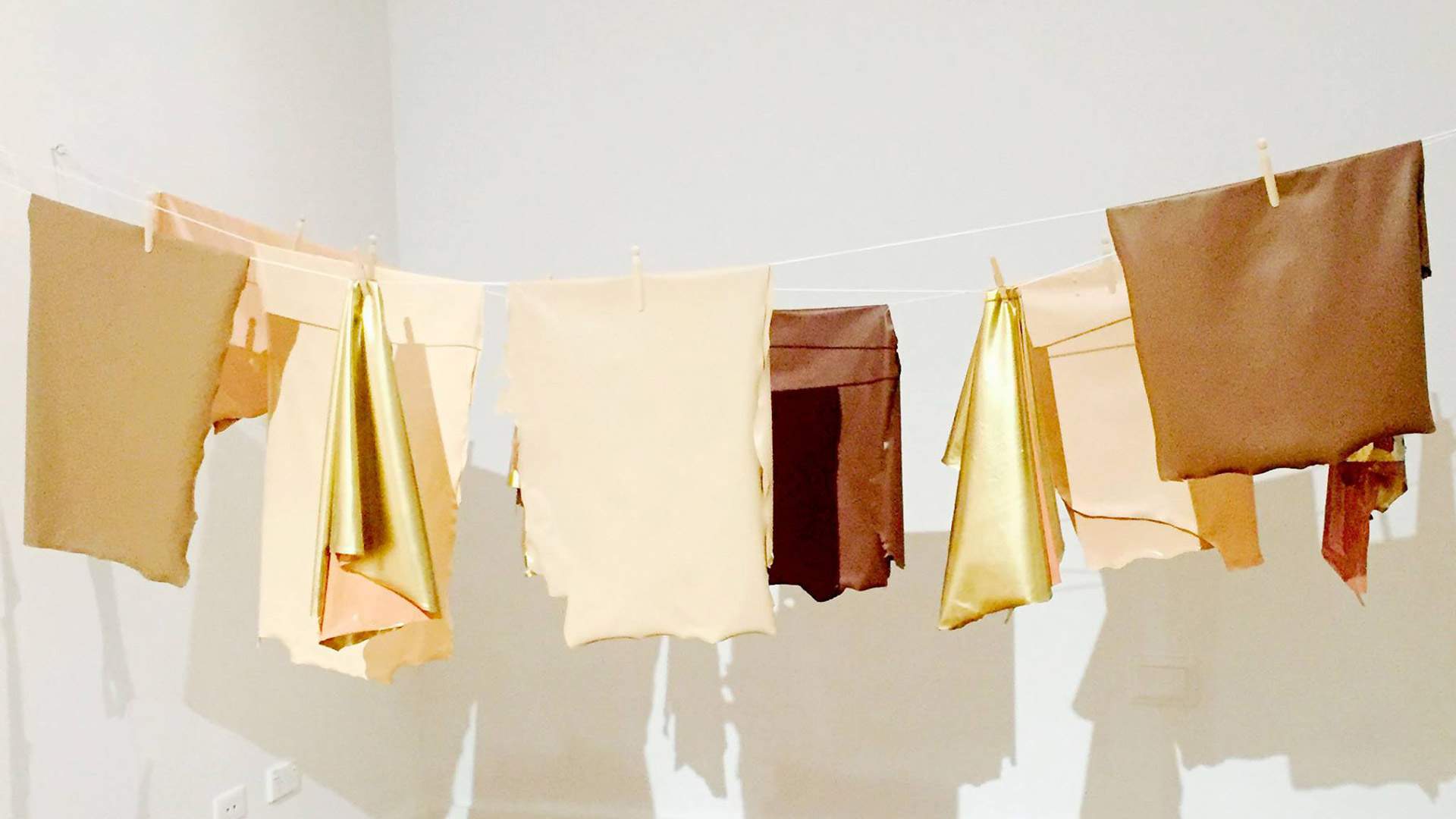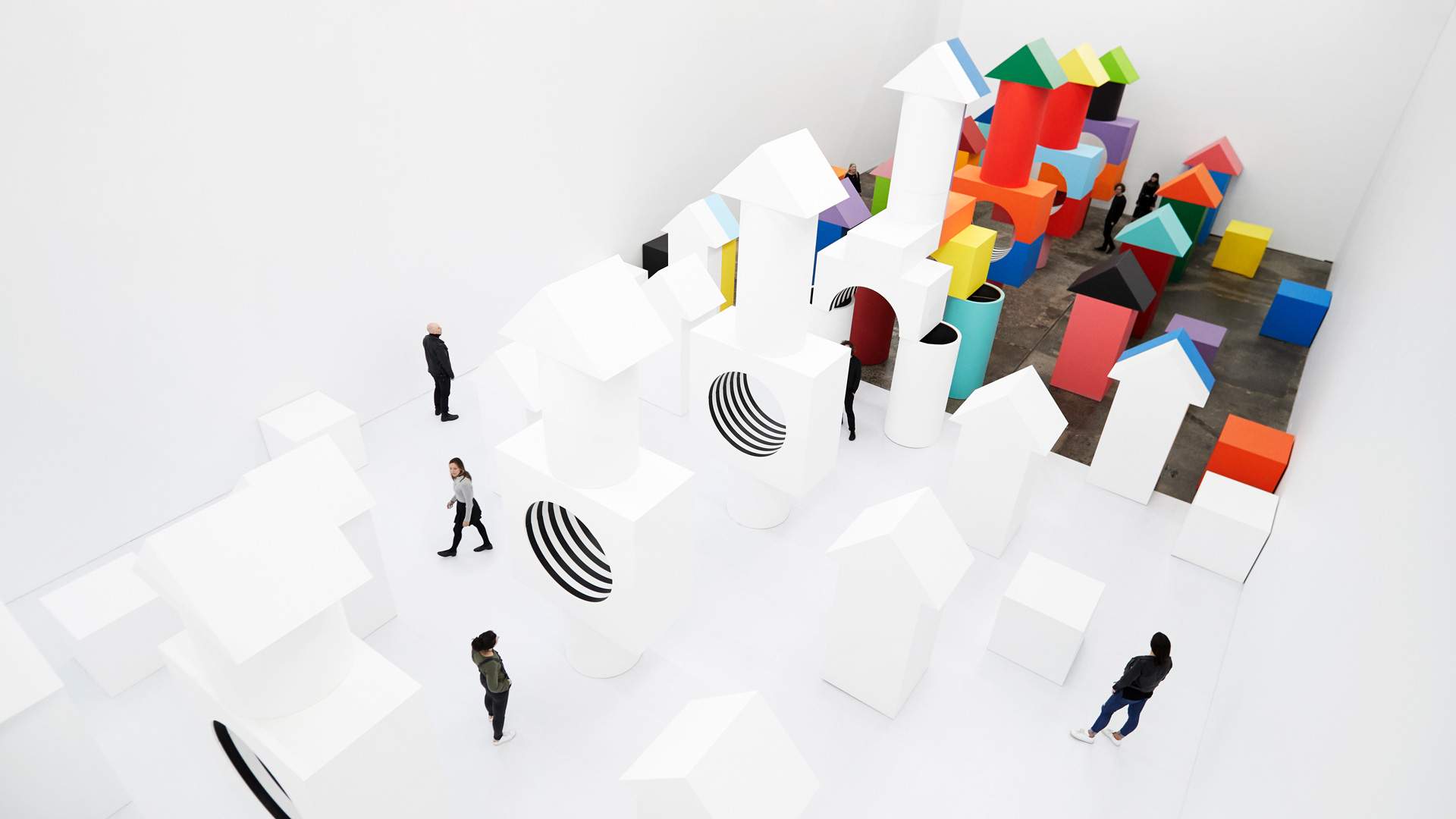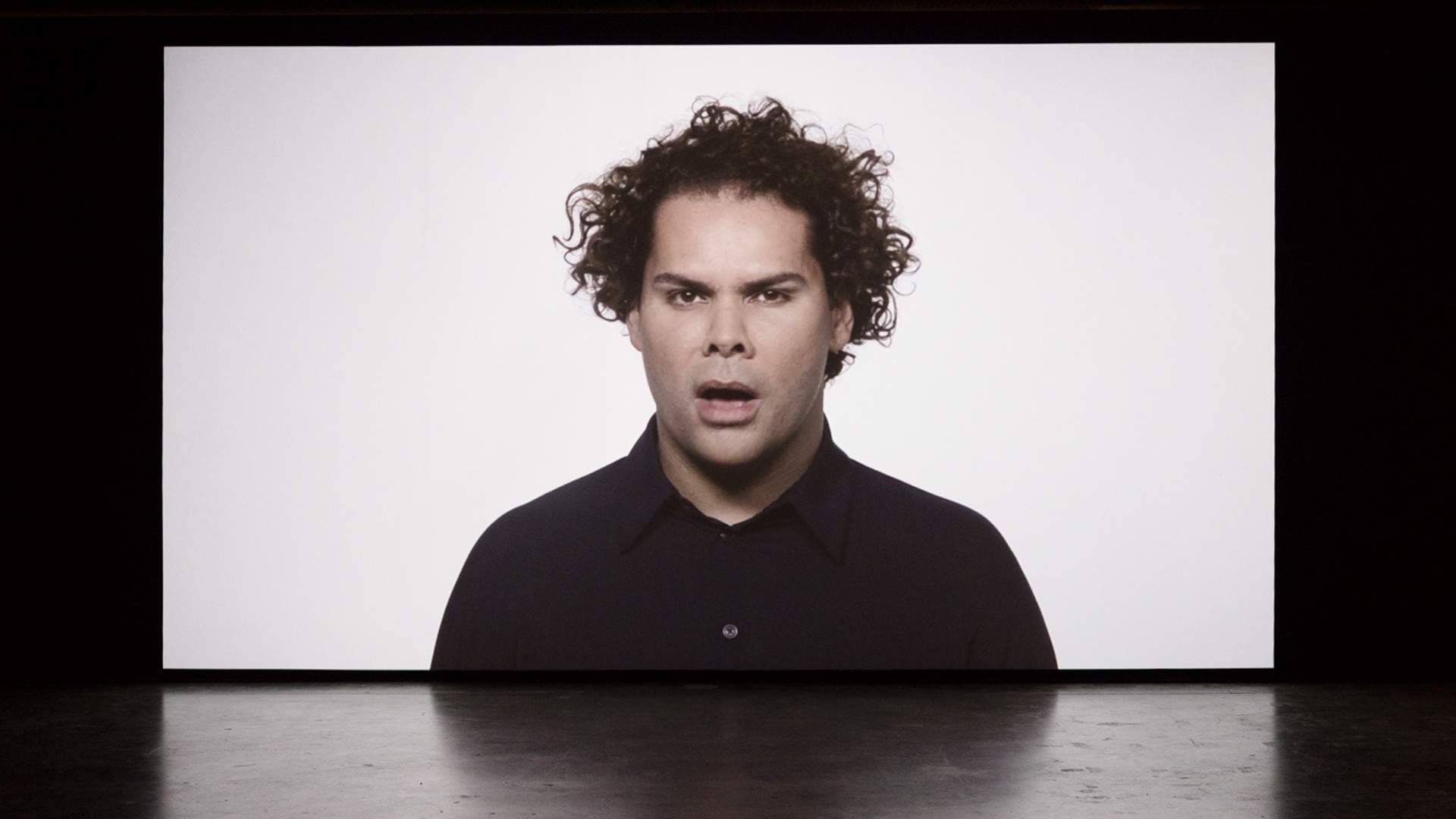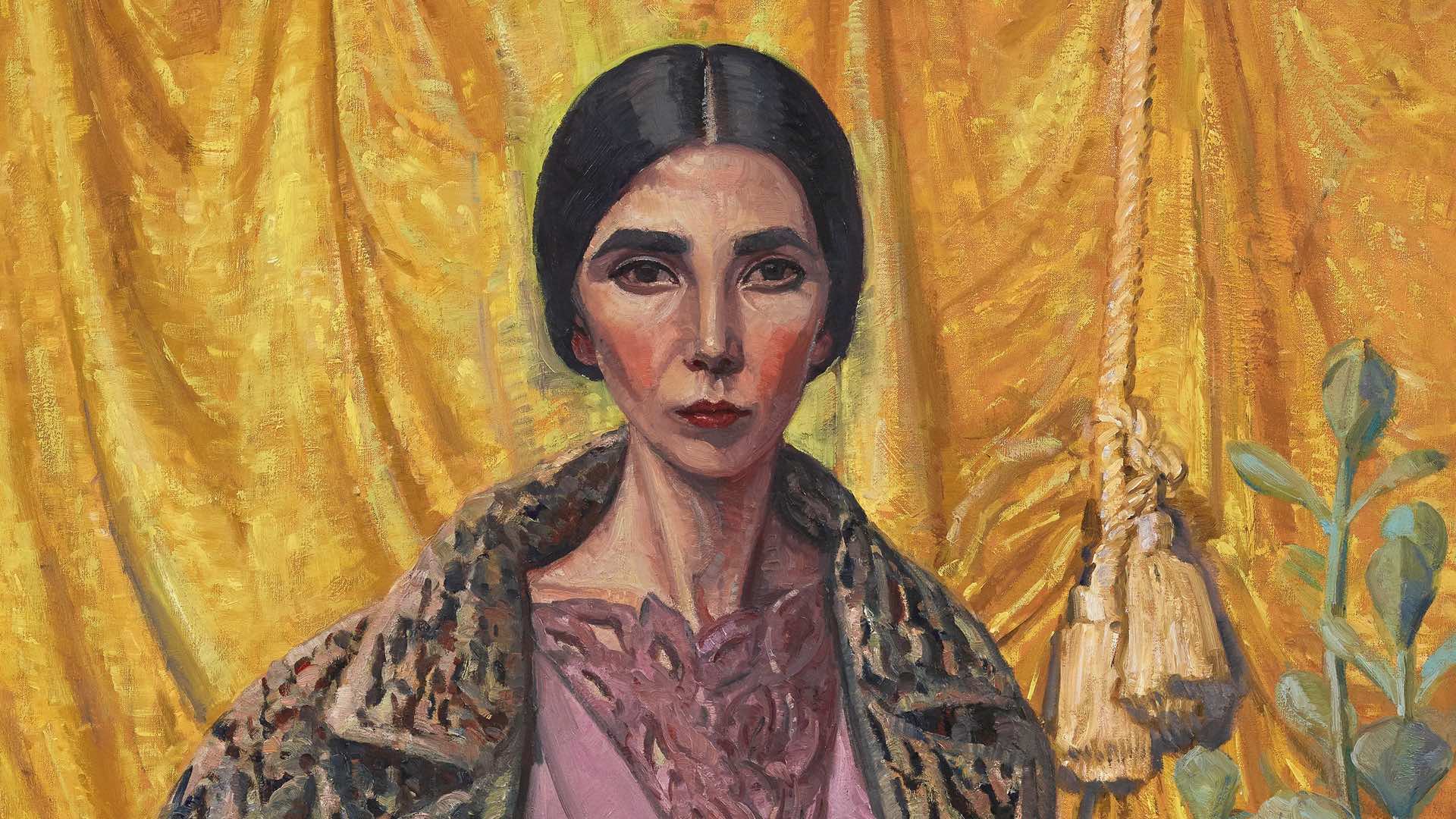Six Sydney Exhibitions That Will Warm Your Art Receptors This Winter
Walk through a sensory science installation and peruse the works of three female First Nations artists over a drink at The Bearded Tit.
Six Sydney Exhibitions That Will Warm Your Art Receptors This Winter
Walk through a sensory science installation and peruse the works of three female First Nations artists over a drink at The Bearded Tit.
Sydney hosts so many summer blockbuster art exhibitions that you would expect winter would see the city swept into a bit of an aesthetic lull. Not the case. Carriageworks has just launched not one, but two large-scale installations, the MCA has brought over Chinese artist Sun Xen for a week-long residency, and you can catch two Indigenous artist-led exhibitions during NAIDOC Week. All of these will have you happily heading out in the cold.
-
6

As school kids, we’re taught to think of art and science as two very different beasts. But neuroscience now shows this dichotomy to be false — when performing most complex tasks, we use both the logical and creative sides of our brain. And this July, at Carriageworks, Japanese artist Ryoji Ikeda will smash this division to smithereens by transforming science into art with two epic installations entitled micro | macro.
The work — which Ikeda developed during a residency at the renowned science institution CERN in Switzerland — is divided into two sections. The first, the planck universe [micro], reveals atoms by blowing them up into visible proportions. This mind-bending installation will cover a whopping 172.8 square metres of space inside the Redfern multi-arts institution. The second, the planck universe [macro], is a ten-metre-high projection capturing the natural world in various scales — from the human perspective all the way to the cosmic one.
As you wander through both installations, expect to feel very, very small, while finding yourself asking some big, big questions. What do we know? What can we know? Is what we see really all that it seems? This is Ikeda’s third show at Carriageworks, previously presenting Superposition in 2015 and Test Pattern [No 5] in 2013, and it’ll be as cutting-edge and immersive as ever.
Image: Zan Wimberley.
-
5

Emerging out of China as one of the nation’s up and coming artists, Sun Xun is headed to the Museum of Contemporary Art for his first ever Australian solo exhibition. Best known for his intricate animations made from thousands of ink paintings, charcoal drawings and woodcuts, for this special exhibition, he’ll be creating a enormous 40-metre-long bark paper painting from a series of woodcuts.
His handmade films, often littered with sporadic dialogue, combine text, sound and images to explore concepts about truth and memory, as well as history, culture and politics. Sun Xun will take over the MCA’s level one North and South Galleries, and he’ll also be sticking around at the gallery for a one-week residency.
Throughout the opening week of the exhibition, the public will get a chance to see Sun Xun in action as he creates an original ten-metre-long painting, which will be in response to his time spent in Sydney. Also, don’t miss this emerging artist in conversation with MCA Curator Anna Davis, where he’ll discuss the influences and ideas behind his compelling works.
Image: Sun Xun, Magician Party and Dead Crow (2013).
-
4

Three First Nations artists share their personal processes of decolonising mind and body, at The Bearded Tit‘s powerful exhibition Green On Red. Running until August 18, the multidisciplinary show coincides with NAIDOC Week celebrations, embracing its 2018 theme ‘Because of her, we can!’ as it pulls together the work of three uncompromising females.
Amala Groom’s video piece The Invisibility of Blackness explores the disappearance of cultural identity, while her Totes Appropes bags are a not-so-subtle dig at Chanel’s $1930 limited edition luxury boomerang, highlighting the issue of cultural appropriation.
You’ll also catch a thought-provoking work by Southern Arrernte, Kaytetye and Anmatyerre artist Carmen Glynn-Braun, featuring variously coloured paint ‘skins’ hung in rows — a reference to the lengths fair-skinned First Nations people are forced to go to prove their ‘Aboriginality’. Yamatji Wajarri woman Nicole Monks offers visitors a peek through her Invisible mirror, while a collaboration between Nicole Monks & Amala Groom, titled FAIRER 2018, pays homage to the ‘Boycott ’88’ bicentennial protests 30 years on.
Image: Carmen Glynn-Braun, Untitled (2018).
-
3

Acclaimed contemporary French artist Daniel Buren is bringing his captivating large-scale installation to Sydney’s Carriageworks. The fourth work in the Schwartz Carriageworks series, a five-year collaboration between veteran Melbourne art collector Anna Schwartz and the contemporary art space, Buren is coming to Sydney to present the Australian premier of his Like Child’s Play (Comme Un Jeu d’Enfant) artwork.
Running from July 7 to August 12, Like Child’s Play is inspired by the German theorist Friedrich Fröbel, who laid the modern-day foundations for the education of children – perhaps most famously through the use of wooden block toys. Using more than 100 blocks, arches, triangles and pediments that have been amplified in size, Buren upends Fröbel’s work by shifting the focus from toys we towered over as children, to structures that loom over us as adults. First presented at France’s Strasbourg Museum of Modern and Contemporary Art in 2014, Buren carefully arranges the varied installations to produce differing sight lines throughout the space. These large cavities are made up of multiple blocks each featuring Buren’s iconic striped designs, and while one half of the installation is an explosion of colour, the opposing half takes on a minimalist appeal with white floors and white structures.
Like Child’s Play carries on Buren’s long exploration of the relationship between art and its shapes, considering how we perceive, borrow and use space. Buren has exhibited numerous times at the Venice Biennale – winning the prestigious Golden Lion award for his French Pavilion in 1986 – and has held solo exhibitions at Paris’ Centre Pompidou and New York’s Guggenheim Museum. Throughout a career spanning more than 50 years, Buren has been an agitator creating controversial texts, provocative public artworks and forging inventive collaborations with emerging and established artists.
-
2

Christian Thompson is one of the most celebrated contemporary Indigenous artists working today, and Ritual Intimacy represents the first major survey of the artist’s extensive and diverse works. Through photography, video, sculpture, performance and sound, he explores notions of identity, race and history, often placing these themes against the backdrop of the Australian environment. Thompson’s prodigious talents were recognised from an early age with his early career spent at the side of world-renowned artist Marina Abramovic, who became his mentor. Later, Thompson was accepted into Oxford University, making him one of the first Indigenous Australians to study at the institution in its 900-year history.
Taking place at the UNSW Galleries, Ritual Intimacy features a new major commission first unveiled at the exhibition’s Melbourne run last year, while also highlighting Thompson’s continued exploration of musical works centred around Indigenous language. The showcase will only be on display until July 14.
-
1

A George Lambert-style self portrait by Yvette Coppersmith has nabbed the 97th annual Archibald Prize — her work Self-portrait, after George Lambert was chosen from a talented bunch of 58 finalists. The prestigious portrait competition pulls a compelling lineup of artworks each year, portraying an eclectic mix of artists, musicians, politicians, sports heroes and other notable Aussies.
This year’s $100,000 prize attracted a whopping 794 entries from across the country and New Zealand, their works depicting homegrown icons ranging from NSW Premier Gladys Berejiklian to actor Guy Pearce and musician Courtney Barnett. Coppersmith’s winning piece pays homage to the stylings of acclaimed fellow artist George Lambert, who himself took out the 1927 Archibald Prize. The win’s been a long time coming for Coppersmith, who has been a finalist five times. She’s also only the tenth female artist in history to have taken out the top prize.
As is custom, all the winning portraits and finalists will be on display at the Art Gallery of NSW. The finalists for the Wynne and Sir John Sulman prizes will also be on display at the gallery — and, this year, both winners are Indigenous women. Pintupi artist Yukultji Napangati took out the former — which awards the best landscape painting of Australian scenery or figure sculpture — for her depiction of a scene among sandhills west of Kiwirrkura in Western Australia. The Sir John Sulman Prize goes to the best mural, subject or genre painting, and was this year awarded to Kaylene Whiskey’s work of Cher and Dolly Parton. The exhibition will be on display from May 12 until September 9. And if you do’t agree with the judges’ pick for the Archibald, you can cast your own vote for People’s Choice at the gallery.
Image: Self portrait after George Lambert, Yvette Coppersmith. Photo shot by Jenni Carter courtesy of AGNSW.
Top image: Zan Wimberley.
